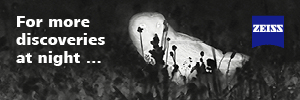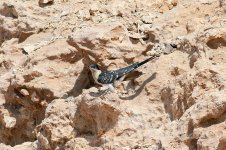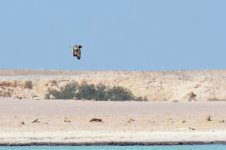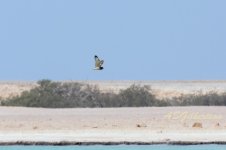Earnest lad
Well-known member
The full trip list is as follows: It is quite modest, even for the brevity of the vacation.
Common Kestrels
Eurasian Sparrowhawk
Osprey
Black Kite
Black-winged Kite
Bonelli’s Eagle
Imperial Eagle
Steppe Eagle
Greater Spotted Eagle
Common Buzzard cirtensis
Sooty Gull
Slender-billed Gull
Caspian Tern
Rock Dove
Eurasian Collared Dove
Laughing Dove
Dunlin
Whimbrel
Grey Plover
Greater Sandplover
common ringed Plover
Green Sandpiper
Greenshank
Black-winged Stilt
Spur-winged Plover
Kentish Plover
Pied Kingfisher
Western Reef Heron
Cattle Egret
Little Egret
Glossy Ibis
Squacco Heron
Little Swift
Pale Crag Martin
Hooded Wheatear
White-crowned Wheatear x2
House Sparrow
Spanish Sparrow
White Wagtail
Red-throated Pipit
Desert Lark
Crested Lark
Bluethroat
Hoopoe
House Crow
Hoodie Crow
Brown-necked Raven
Striolated Bunting
Willow Warbler
Eurasian Teal
Ferruginous Duck
Little Grebe
Common Kestrels
Eurasian Sparrowhawk
Osprey
Black Kite
Black-winged Kite
Bonelli’s Eagle
Imperial Eagle
Steppe Eagle
Greater Spotted Eagle
Common Buzzard cirtensis
Sooty Gull
Slender-billed Gull
Caspian Tern
Rock Dove
Eurasian Collared Dove
Laughing Dove
Dunlin
Whimbrel
Grey Plover
Greater Sandplover
common ringed Plover
Green Sandpiper
Greenshank
Black-winged Stilt
Spur-winged Plover
Kentish Plover
Pied Kingfisher
Western Reef Heron
Cattle Egret
Little Egret
Glossy Ibis
Squacco Heron
Little Swift
Pale Crag Martin
Hooded Wheatear
White-crowned Wheatear x2
House Sparrow
Spanish Sparrow
White Wagtail
Red-throated Pipit
Desert Lark
Crested Lark
Bluethroat
Hoopoe
House Crow
Hoodie Crow
Brown-necked Raven
Striolated Bunting
Willow Warbler
Eurasian Teal
Ferruginous Duck
Little Grebe






